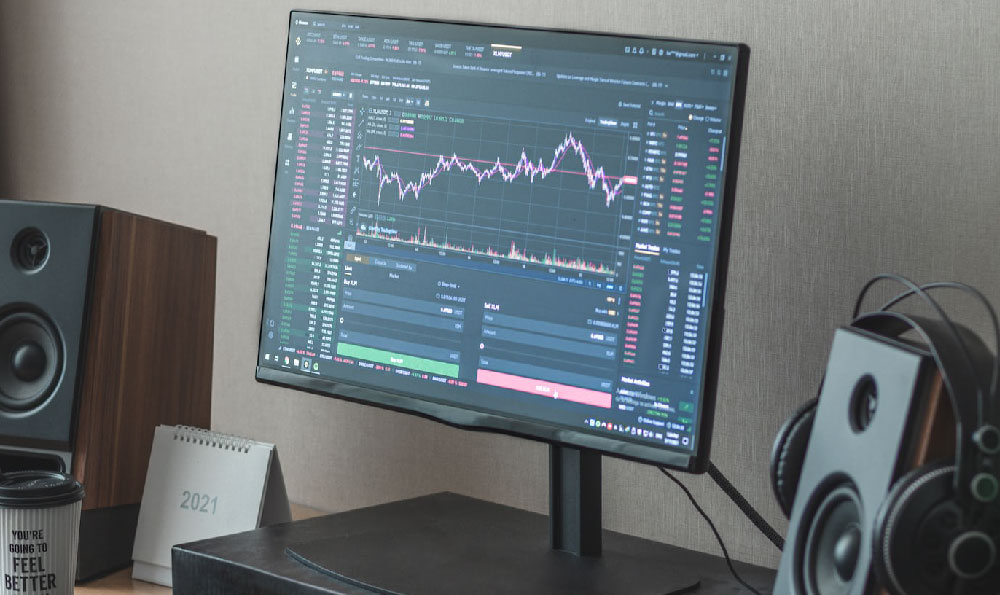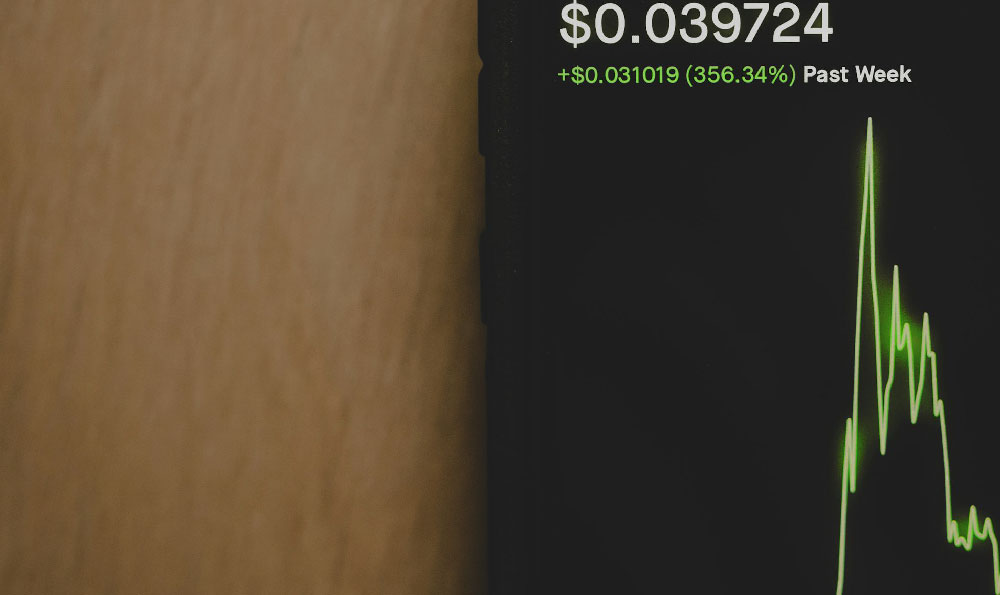Navigating the world of cryptocurrency, particularly when it involves transferring assets between different blockchains, can feel like traversing a complex maze. The question of moving USDT (TRON) to USDT (ETH), and whether a specific platform like Keepbit is suitable for such a transaction, requires a nuanced understanding of the underlying technologies and potential risks involved. Let’s delve into this topic, providing a comprehensive overview and addressing the key considerations.
Understanding USDT Across Blockchains
Tether (USDT) is a stablecoin pegged to the value of the US dollar. It exists on multiple blockchains, including Ethereum (ETH), Tron (TRX), and others like Binance Smart Chain (BSC), Solana, and Avalanche. While the underlying value of USDT remains consistent, the tokens themselves are distinct representations of that value on different networks. This is crucial because USDT (TRON) operates on the Tron blockchain, utilizing its specific protocols and smart contracts, while USDT (ETH) operates on the Ethereum blockchain, using the ERC-20 standard.

Therefore, directly transferring USDT (TRON) to USDT (ETH) without proper intermediaries is technically impossible. You cannot simply send USDT from a Tron address to an Ethereum address and expect it to arrive as intended. This is because these blockchains are independent and do not inherently communicate with each other.
Bridging the Gap: The Role of Exchanges and Bridges
To move USDT between blockchains, you generally need to utilize a cryptocurrency exchange or a blockchain bridge. Cryptocurrency exchanges act as intermediaries, allowing you to deposit USDT (TRON), trade it for another cryptocurrency (like ETH or BTC), and then withdraw that cryptocurrency as USDT (ETH). This involves selling your USDT on one network and buying it on another.
Blockchain bridges, on the other hand, are designed specifically to facilitate cross-chain transfers. They typically work by locking the USDT (TRON) on the Tron blockchain and minting an equivalent amount of USDT (ETH) on the Ethereum blockchain. Conversely, to move USDT (ETH) back to the Tron network, the USDT (ETH) is burned, and the corresponding USDT (TRON) is unlocked. Bridges often involve smart contracts and decentralized mechanisms to ensure the security and transparency of these transfers.
Evaluating Keepbit and Other Platforms
Whether Keepbit is the “right” platform depends on several factors, including your specific needs, risk tolerance, and technical expertise. Here's a breakdown of the considerations:
-
Reputation and Security: Before entrusting any platform with your funds, thoroughly research its reputation. Look for reviews, security audits, and any reports of past security breaches or fraudulent activities. A platform with a strong track record of security and transparency is paramount. Check independent sources and avoid relying solely on information provided by the platform itself.
-
Fees and Transaction Costs: Different platforms charge different fees for withdrawals and cross-chain transfers. Compare the fees associated with Keepbit to those of other reputable exchanges and bridges. Consider both the transaction fees and any potential slippage (the difference between the expected price and the actual price you receive when trading).
-
Ease of Use: Evaluate the platform's user interface and overall ease of use. Is it intuitive and easy to navigate? Does it provide clear instructions and helpful support resources? A user-friendly platform can significantly reduce the risk of errors during the transfer process.
-
Supported Networks and Assets: Confirm that the platform supports both the Tron and Ethereum networks for USDT. Also, check if it supports the specific type of USDT you are using (e.g., TRC-20 for Tron and ERC-20 for Ethereum).
-
Transaction Speed and Confirmation Times: Consider the estimated transaction times for deposits and withdrawals on both networks. Ethereum transactions can sometimes be slower and more expensive than Tron transactions, especially during periods of high network congestion.
-
Regulation and Compliance: Investigate whether the platform adheres to relevant regulations and compliance standards. Regulatory compliance can provide an additional layer of security and consumer protection.
Alternative Platforms and Strategies
Besides Keepbit, several other reputable cryptocurrency exchanges and bridges can facilitate USDT transfers between blockchains. Some popular options include:
-
Binance: A widely used exchange that supports USDT on multiple blockchains and offers a relatively simple conversion process.
-
KuCoin: Another popular exchange with a wide range of supported cryptocurrencies and cross-chain capabilities.
-
Huobi: A global cryptocurrency exchange that supports USDT on various networks.
-
Multichain.org (formerly AnySwap): A decentralized cross-chain bridge that allows you to transfer assets between different blockchains, including USDT.
-
ChainSwap: Another decentralized cross-chain bridge option that supports USDT transfers.
When choosing a platform, compare their fees, security measures, and user reviews to make an informed decision.
Mitigating Risks and Avoiding Scams
Transferring USDT between blockchains involves certain risks. Here are some precautions you can take to protect your funds:
-
Double-Check Addresses: Always double-check the recipient address before initiating a transfer. Even a minor error can result in the loss of your funds. Many platforms offer address verification tools to help prevent mistakes.
-
Start with Small Amounts: Before transferring a large sum of USDT, start with a small test transaction to ensure that everything works correctly.
-
Beware of Phishing Scams: Be wary of phishing emails, websites, and social media posts that attempt to steal your private keys or login credentials. Always access platforms through their official websites and never share your private keys with anyone.
-
Use Strong Passwords and Two-Factor Authentication (2FA): Protect your accounts with strong, unique passwords and enable 2FA for added security.
-
Stay Informed: Keep up-to-date with the latest news and developments in the cryptocurrency space. Be aware of potential vulnerabilities and security threats.
Conclusion
Moving USDT (TRON) to USDT (ETH) is achievable through cryptocurrency exchanges or blockchain bridges. The suitability of a specific platform like Keepbit depends on its reputation, fees, ease of use, and security measures. Thorough research and careful consideration of your individual needs are essential before entrusting any platform with your funds. By understanding the underlying technologies, mitigating risks, and staying informed, you can navigate the complexities of cross-chain transfers and manage your cryptocurrency investments effectively. Remember that the cryptocurrency market is inherently volatile, and no investment is guaranteed to be profitable. Always invest responsibly and only risk what you can afford to lose. Conduct thorough due diligence before making any investment decisions.












